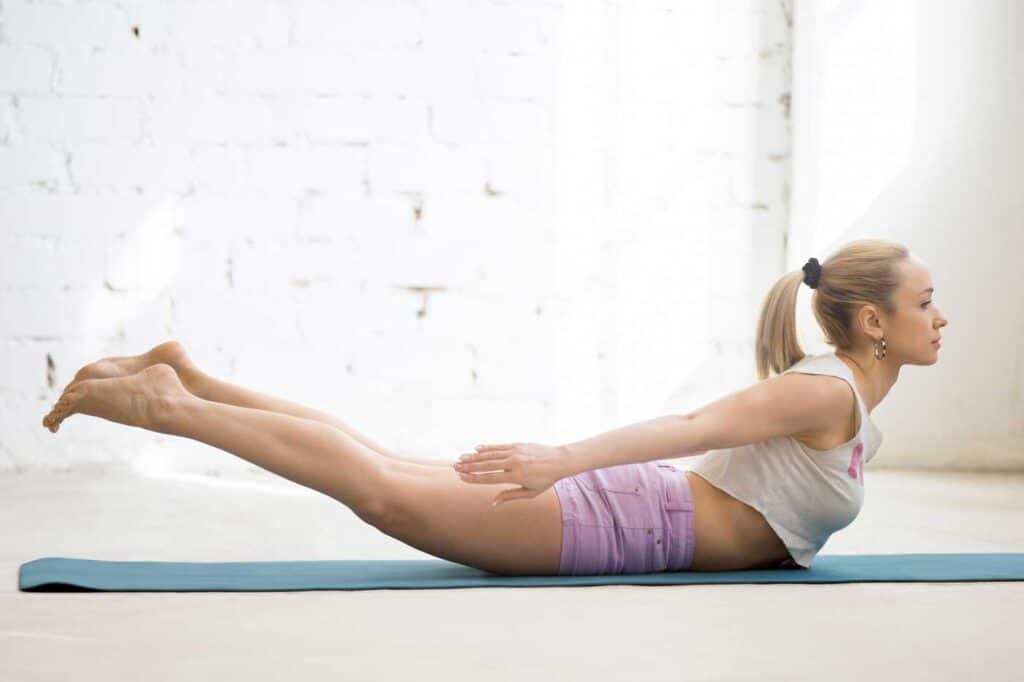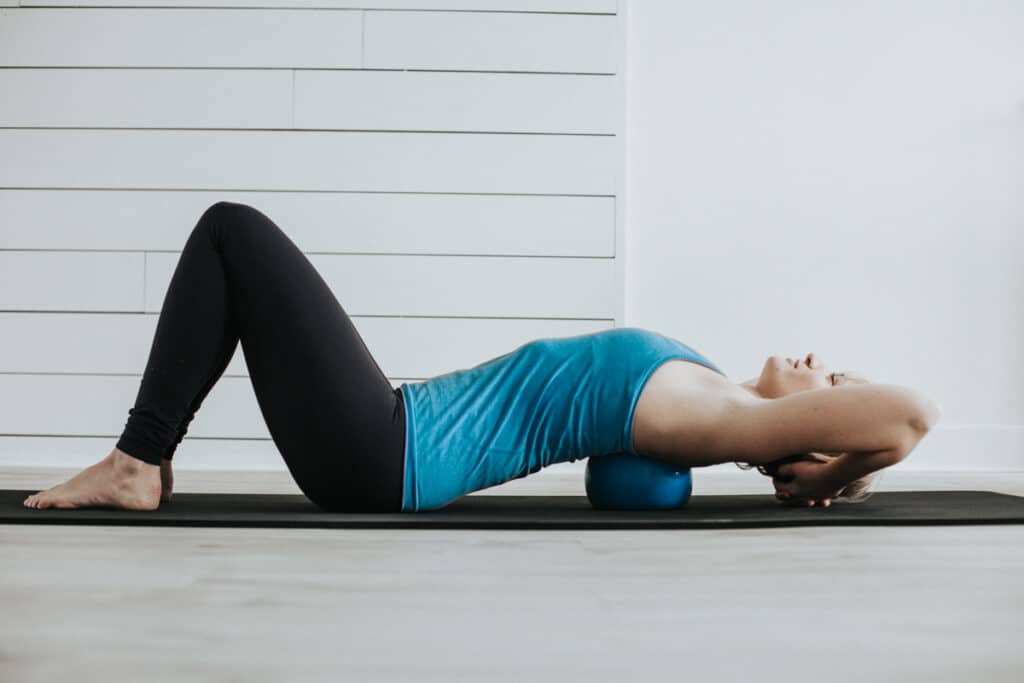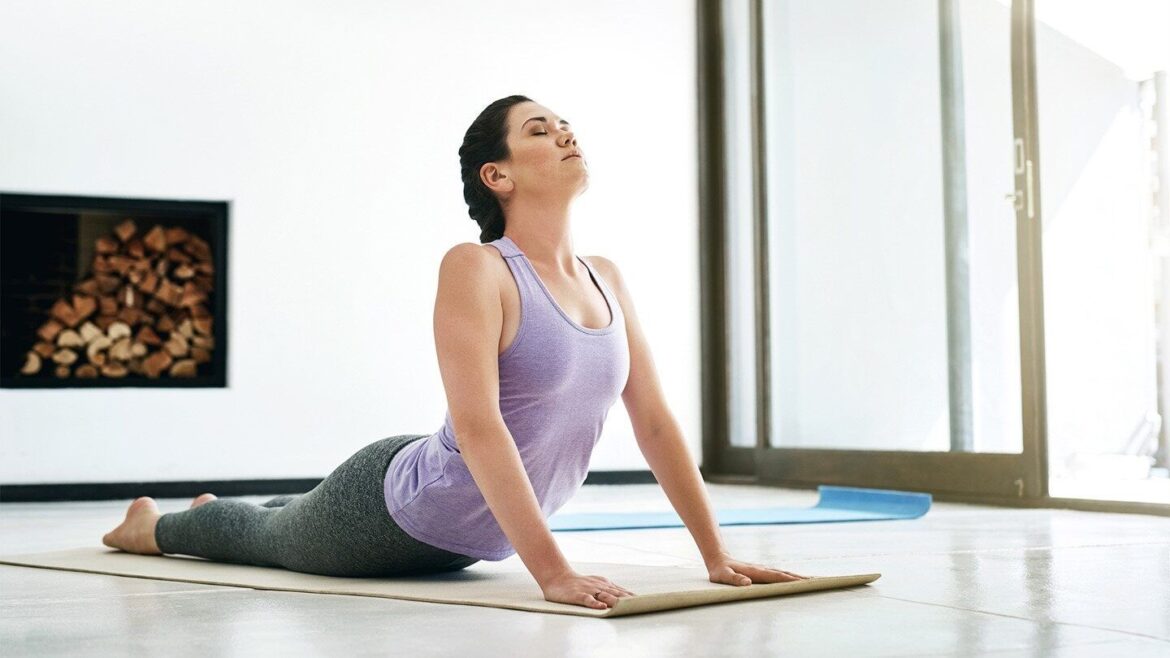Introduction
Is Pilates Good For Posture: Hours spent hunched over computers, smartphones, and desks have led to a growing concern about posture-related health issues. Fortunately, there are several methods and practices designed to counteract these negative effects, and one of the most effective among them is Pilates. Pilates, originally developed by Joseph Pilates in the early 20th century, is a holistic exercise system that not only strengthens the body but also places a significant emphasis on improving posture.
Pilates and its profound impact on posture, discussing its principles, exercises, and the numerous benefits it offers for achieving and maintaining a healthy and upright stance. Whether you’re seeking relief from chronic back pain, aiming to enhance your overall well-being, or simply looking to bone density stand taller and with more confidence, Pilates may be the answer to your posture-related concerns.
Proper breathing techniques are integral to Pilates. Learning to breathe deeply and engage the diaphragm can help relax the shoulders and upper body, reducing the likelihood of slouching. Pilates instructors often provide cues and corrections to help clients maintain correct alignment during exercises. Over time, this heightened awareness can become second nature, leading to improved posture in daily activities.

Can you fix your posture with Pilates?
Pilates helps with posture as it helps to engage the deep core muscles in what was originally known as ‘the powerhouse’ – the abdominals, back and pelvic floor – which enables you to relax your shoulders and neck and alleviate pressure on your hips, legs and feet, in turn, improving your posture.
Pilates is not just about physical exercise; it’s also about body awareness. Practitioners learn to pay attention to their body’s alignment and make conscious adjustments. This heightened awareness can carry over into everyday life, helping you maintain proper posture during various activities.
Many Pilates exercises involve controlled movements of the spine. This promotes a healthy range of motion in the vertebrae and can counteract the stiffness and rigidity that contribute to poor posture.
Proper breathing techniques are integral to Pilates. Learning to breathe deeply and engage the diaphragm can help relax the shoulders and upper body, reducing the likelihood of slouching.
Pilates instructors often provide cues and corrections to help clients maintain correct alignment during exercises. Over time, this guidance can become ingrained, leading to improved posture not only during Pilates sessions but also in everyday life.
While Pilates offers a promising path to better posture, it’s important to note that results may vary from person to person. The effectiveness of Pilates in fixing posture depends on factors such as the individual’s commitment to regular practice, the severity of posture issues, and any underlying medical conditions.
Is Pilates or yoga better for posture?
“Between the two, if you’re looking to strengthen your core, improve your posture, and your overall fitness level and strength, go for Pilates,” Brandenberg recommends. “If you’re looking to increase your flexibility, find more peace of mind and that mind-body connection, I would go with yoga.”
Core Strengthening: Pilates places a strong emphasis on strengthening the core muscles, including the abdominals, lower back, and pelvic floor. A strong core provides essential support for the spine, helping to maintain an upright posture.
Muscle Balance: Pilates exercises target both major muscle groups and smaller stabilizing muscles, promoting balanced muscle development. This prevents muscle imbalances that can pull the body out of alignment.
Flexibility: Pilates incorporates stretching and lengthening exercises, which can help release tension in tight muscles. Increased flexibility contributes to a more relaxed and natural posture.
Body Awareness: Pilates encourages practitioners to develop a keen sense of body awareness and alignment. This heightened awareness extends to daily life, helping individuals maintain proper posture during various activities.
Spinal Mobility: Many Pilates exercises involve controlled movements of the spine, promoting a healthy range of motion in the vertebrae and counteracting stiffness that can lead to poor posture.
What is Pilates most effective for?
improved flexibility. increased muscle strength and tone, particularly of your abdominal muscles, lower back, hips and buttocks (the ‘core muscles’ of your body) balanced muscular strength on both sides of your body. enhanced muscular control of your back and limbs.
Perhaps one of the most well-known and celebrated aspects of Pilates is its ability to strengthen the core muscles. The core includes the abdominals, lower back, and pelvic floor muscles. Pilates exercises are specifically designed to target these muscle groups, resulting in a stronger and more stable core. This core strength is not only essential for good posture but also for improving overall strength and stability in daily activities.
Pilates is highly effective in addressing posture-related issues. Its focus on core strength, muscle balance, flexibility, and body awareness helps individuals develop better posture habits. Over time, regular Pilates practice can lead to a more upright and aligned stance, reducing the risk of chronic back pain and musculoskeletal problems associated with poor posture.
Pilates incorporates a variety of stretching and lengthening exercises that enhance flexibility. Improved flexibility can lead to increased joint mobility, reduced muscle tension, and a greater range of motion. This not only contributes to better posture but also reduces the risk of injury and enhances overall physical performance.
Pilates exercises emphasize balanced muscle development, targeting both major muscle groups and smaller stabilizing muscles. This approach helps prevent muscle imbalances, which can lead to pain and dysfunction. The result is a more evenly conditioned body that moves with efficiency and grace
How long does it take to correct posture with Pilates?
Research indicates that working out on a Reformer for minimum 12 weeks can improve posture. Another study underlines that 6 months of Reformer Pilates enhances cervical and thoracic spine alignment and may contribute to postural stability and improved performance.
The starting point plays a crucial role in determining how long it will take to correct posture. Individuals with mild posture issues or those who are relatively fit and flexible may see improvements more quickly than those with severe posture problems or underlying medical conditions.
Consistency is key when it comes to any fitness or rehabilitation program, including Pilates. The more consistently you practice Pilates exercises, the faster you are likely to see results. Aim for regular sessions, ideally multiple times a week, to accelerate progress.
The length of each Pilates session also matters. Longer sessions with a variety of exercises may produce faster results. However, shorter, focused sessions that target specific postural issues can also be effective when done consistently.
Every individual’s body responds differently to exercise and posture correction efforts. Some people may naturally adapt to changes more quickly, while others may require more time to retrain their muscles and habits.
Can Pilates fix hunchback?
Pilates can be performed by people of all ages and brings many benefits in terms of strength, posture, and overall well-being. It has also been shown to help with balance and correct posture issues like poor gait or rounding of the shoulders, also known as Kyphosis.
Pilates exercises target the muscles of the core, including the abdominals, lower back, and pelvic floor. A strong core provides essential support to the spine and can help counteract the forward curvature associated with hunchback.
Pilates promotes balanced muscle development, addressing both major muscle groups and smaller stabilizing muscles. This balanced approach can help reduce muscle imbalances that contribute to poor posture.
Pilates incorporates stretching and lengthening exercises that can help release tension in tight muscles. Improved flexibility can contribute to a more relaxed and natural posture.
Pilates encourages practitioners to develop body awareness and proper alignment. This heightened awareness can extend to daily life, helping individuals make conscious adjustments to their posture.
Many Pilates exercises involve controlled movements of the spine, promoting a healthy range of motion in the vertebrae. This can counteract the stiffness and rigidity that contribute to hunchback.
What happens if you do Pilates wrong?
Pilates is supposed to help you move better, so if your posture is not correct then the exercise will be far less effective. If you slouch, round your shoulders forward, or have any other bad form during your workouts, this could potentially lead to chronic pain and injuries down the road.
One of the most immediate consequences of performing Pilates exercises incorrectly is that you may not experience the intended benefits. Pilates relies on precise movements and proper alignment to target specific muscle groups and achieve desired outcomes. If you deviate from the correct form, you may not engage the right muscles, and your efforts may yield minimal or no results.
Incorrect Pilates technique can lead to injuries. Since Pilates often involves controlled movements and resistance, poor form can strain muscles, ligaments, or joints. Common injuries associated with incorrect Pilates practice include muscle strains, overuse injuries, and joint pain. For example, improper alignment during a Pilates exercise can place excessive stress on the lower back, leading to back pain.
Pilates aims to improve posture and body awareness. Incorrect practice can reinforce bad posture habits or create new ones. For example, if you round your shoulders or hunch your back during Pilates exercises, you may inadvertently worsen existing postural issues.
Performing Pilates incorrectly can be frustrating. You may not achieve the desired results, and discomfort or pain may discourage you from continuing the practice. This frustration can deter you from pursuing the many benefits Pilates offers when practiced correctly.
Repeatedly doing Pilates wrong can erode your confidence in your ability to perform the exercises. This lack of confidence may hinder your motivation to continue with the practice or explore other forms of exercise.
Can I reverse bad posture?
The key to fixing poor posture is strengthening and stretching the muscles in the upper back, chest, and core. Shoulder strengtheners include scapula squeezes (squeezing your shoulder blades together for 30 seconds at a time) and rows (using a resistance band to pull back your elbows like you’re rowing).
Sedentary Lifestyle: Prolonged periods of sitting, often associated with desk jobs and excessive screen time, can lead to poor posture.
Lack of Physical Activity: Insufficient physical activity and exercise can weaken the muscles responsible for maintaining proper posture.
Muscle Imbalances: Imbalances between the muscles in the front and back of the body can pull the body out of alignment.
Poor Ergonomics: Improper workstations, chairs, and computer setups can encourage slouching and poor posture.
Injuries and Medical Conditions: Past injuries, medical conditions, or structural abnormalities can contribute to poor posture.
The first step in correcting bad posture is recognizing it. Pay attention to your posture throughout the day, especially when sitting, standing, or using electronic devices. Identify areas where you need improvement.
Is Pilates good for rounded shoulders?
Pilates exercises can help you correct rounded shoulders and your overall posture. There are specific Pilates movements designed to stretch the tight areas on your chest and upper back.
Pilates exercises target the muscles of the back, including the upper back and shoulder blade area. By focusing on these muscle groups, Pilates helps strengthen the muscles responsible for maintaining proper shoulder alignment.
A strong core is essential for good posture. Pilates places a significant emphasis on core strength, including the abdominal muscles and lower back. A strong core provides stability and support for the entire body, including the shoulders.
Pilates promotes balanced muscle development, addressing both major muscle groups and smaller stabilizing muscles. This approach helps correct muscle imbalances that can contribute to rounded shoulders.
Pilates incorporates stretching and lengthening exercises that improve flexibility in the chest, shoulders, and neck. Increased flexibility can help open up the chest, allowing for better shoulder alignment.
Pilates encourages body awareness and proper alignment. Practitioners learn to maintain an upright and aligned posture during exercises, which can carry over into daily life.
Pilates emphasizes proper breathing techniques, which can reduce tension in the neck and shoulder area. Learning to breathe deeply and engage the diaphragm can help relax the shoulders and upper body.

Conclusion
Through dedicated Pilates practice, individuals can transform their posture from slouched and strained to upright and confident. The holistic nature of Pilates ensures that it not only strengthens the muscles responsible for good posture but also nurtures a heightened awareness of one’s body alignment. This awareness can extend into daily life, helping individuals sit, stand, and move with grace and poise.
Moreover, the benefits of Pilates posture reach far beyond posture improvement. It bestows increased strength, reduced injury risk, enhanced flexibility, better balance, and an overall sense of well-being. By embracing Pilates as part of their fitness routine, individuals can not only correct posture-related issues but also embark on a journey towards holistic physical wellness.
The demands of modern life often conspire against healthy posture, Pilates stands as a powerful antidote, offering the tools and techniques needed to reclaim and maintain an upright stance. So, whether you seek relief from chronic back pain, wish to enhance your physical fitness, or simply desire to exude confidence through better posture, Pilates is a time-tested, effective, and enriching path toward a healthier, more poised you.

